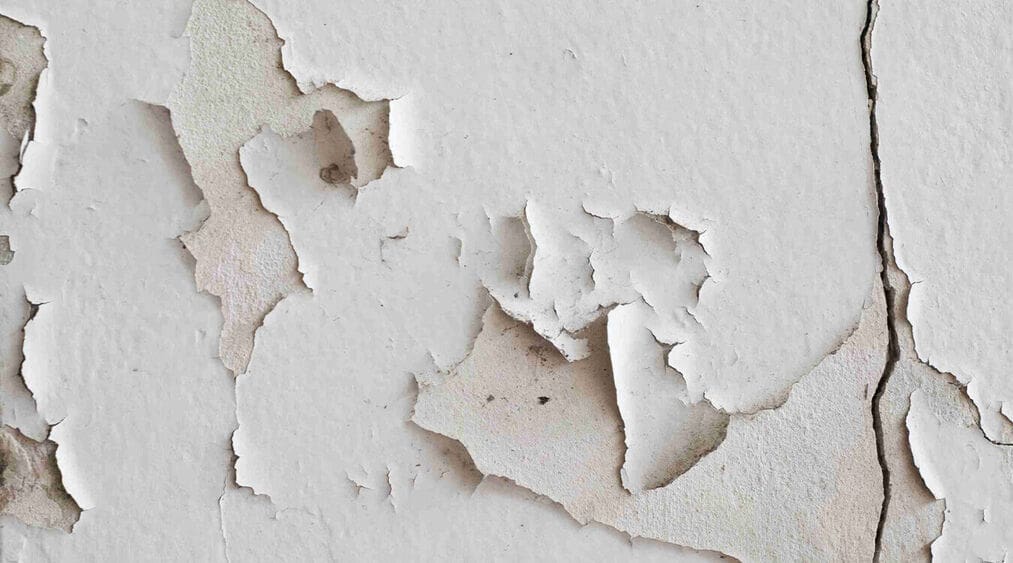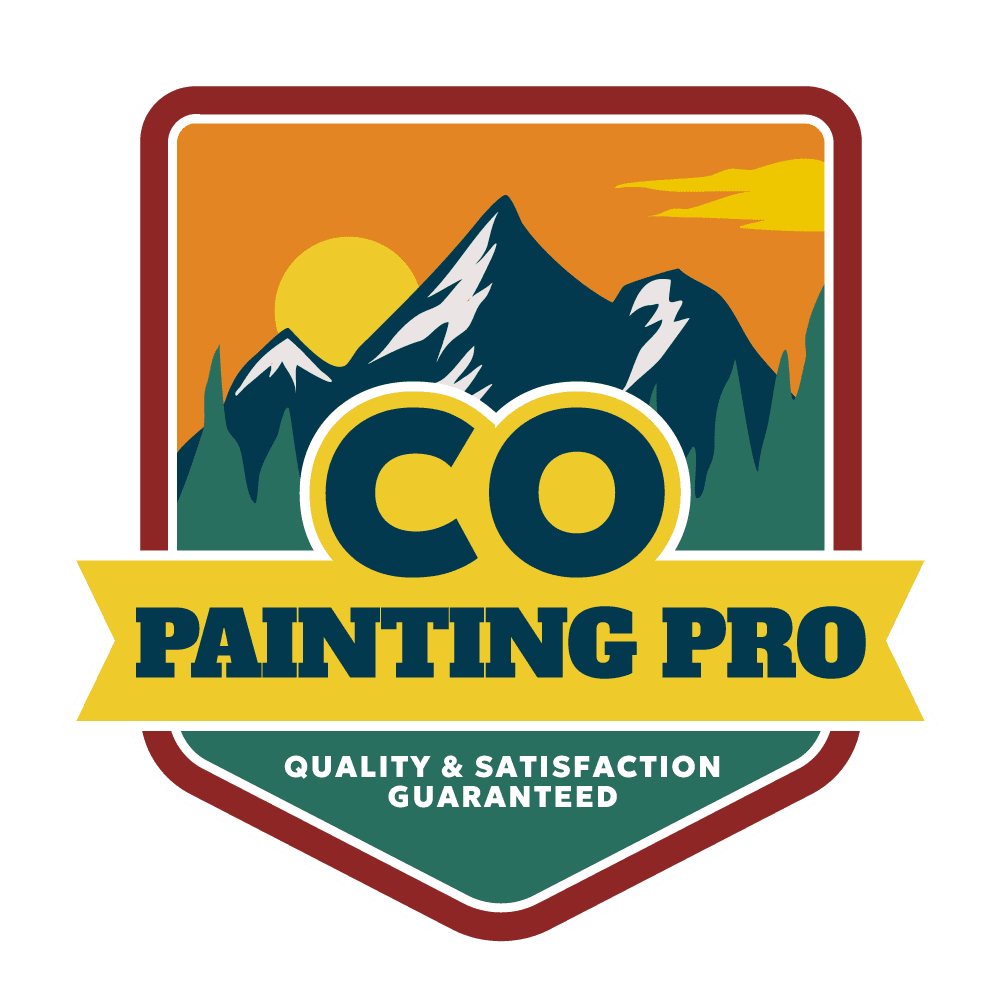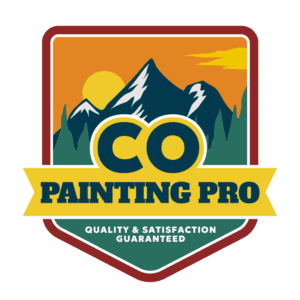How Boulder Weather Affects Exterior Paint Longevity

Boulder’s scenic beauty and outdoor lifestyle come with a trade-off: extreme and rapidly changing weather. From intense sun to sudden snowstorms, the city’s climate creates real challenges for homeowners trying to maintain their exteriors.
While a fresh coat of paint can make your home look brand new, keeping it looking that way in Boulder’s environment requires careful planning—and the right products.
If you’ve ever noticed paint fading faster than expected or peeling just a few years after application, you’re not alone. The answer often lies in the weather. In this guide, we’ll explore how weather affects exterior paint longevity in Boulder and what you can do to protect your home against it.
Intense UV Exposure at High Altitude
One of the most underestimated paint killers in Boulder is the sun. At over 5,300 feet above sea level, Boulder experiences significantly stronger ultraviolet (UV) radiation than lower-elevation cities. That high-altitude sunshine might feel great on your skin, but it’s tough on your home’s exterior.
UV rays break down the chemical bonds in paint, especially on surfaces that receive all-day sun exposure like south- and west-facing walls. This leads to:
- Fading or discoloration, especially in darker or more saturated colors
- Chalking, where the surface becomes powdery and dull
- Premature breakdown of paint film, reducing the lifespan of your finish
Some paints are better equipped to handle UV damage than others. For example, premium acrylic latex paints with added UV stabilizers tend to hold up better over time. A flat or matte finish may fade faster, while satin or semi-gloss sheens often resist breakdown a bit longer.
If you’re painting in Boulder, selecting a UV-resistant paint product isn’t optional—it’s essential. Professional painters in the region can also advise on color choices that hold up better under strong sunlight and recommend maintenance intervals based on your home’s exposure.
Freeze-Thaw Cycles and Temperature Swings
In Boulder, it’s not unusual to see 30- to 40-degree temperature shifts between day and night, especially in spring and fall. These rapid fluctuations can wreak havoc on exterior surfaces, and paint is often the first to show signs of stress.
As temperatures rise and fall, your home’s siding and trim expand and contract. If the paint on those surfaces doesn’t flex with them—or if it’s applied over improperly prepped material—it can lead to:
- Cracking and splitting in the paint film
- Peeling or flaking, especially along seams or edges
- Loss of adhesion, which opens the door to moisture intrusion and surface damage
Homes with older siding or failing caulking are especially vulnerable. If gaps form between boards or around windows, cold air and moisture can penetrate beneath the paint layer, accelerating deterioration.
To minimize damage from freeze-thaw cycles, it’s critical to:
- Use high-quality, flexible exterior paint formulated to withstand movement
- Ensure all surfaces are properly sealed and caulked before painting
- Apply paint during the right temperature window—typically between 50°F and 85°F—to ensure proper curing
Professional painters in Boulder understand how to time projects around these conditions and use materials that hold up to Colorado’s shifting climate. It’s one more reason expert prep and product selection matter more here than in milder regions.
Snow, Ice, and Moisture Exposure
Boulder averages more than 80 inches of snowfall per year—nearly double the U.S. average. Add in spring snowstorms, sleet, and freeze-thaw moisture, and you’ve got a recipe for serious wear on your home’s exterior.
Moisture is one of the biggest threats to paint longevity. When snow accumulates on surfaces or melts into seams and joints, it can penetrate beneath the paint layer, especially if there are any cracks or gaps. Over time, this leads to:
- Blistering or bubbling, caused by trapped moisture trying to escape
- Peeling paint, particularly at the base of walls, window sills, and trim
- Wood rot or mildew, if water seeps into bare or unsealed wood
To prevent this kind of damage, it’s important to ensure your home is well-sealed and the paint used is designed to resist moisture infiltration. That includes:
- Applying primer to bare wood or weathered areas before painting
- Using elastomeric or moisture-resistant coatings on vulnerable surfaces
- Keeping gutters clear and grading in check to direct water away from the siding
Routine maintenance also goes a long way. Inspect your home annually for signs of peeling or water damage, especially after winter. If caught early, many issues can be addressed with touch-ups or sealing before they spread.
Wind, Dust, and Abrasive Conditions
While snow and sun get most of the attention, Boulder’s wind and dry spells can be just as harsh on exterior paint, especially in neighborhoods near open space, foothills, or unpaved surfaces.
Strong winds not only push moisture into cracks but also carry abrasive dust and debris that gradually wear away painted surfaces. Over time, this “sandblasting” effect can lead to:
- Fading or dulling of paint sheen, particularly on exposed areas
- Micro-scratches that allow moisture to seep in and damage the substrate
- Premature breakdown of trim, fascia boards, and horizontal surfaces like railings
Homes on hilltops or in west-facing exposures often bear the brunt of wind-driven erosion. Even newer paint can suffer if the product wasn’t formulated to withstand abrasive conditions.
To combat wind and dust-related damage:
- Choose durable exterior paints with a higher resin content for stronger adhesion
- Repaint trim and vulnerable details more frequently than full siding
- Consider lighter paint colors, which show less visible wear and sun-related fading
- Schedule seasonal cleanings to remove dust buildup before it starts to degrade the surface
Wind and debris might seem like minor concerns, but over time, they add up, especially in a climate as active as Boulder’s. A proactive approach to prep, paint choice, and upkeep can keep your exterior looking sharp longer.
How to Extend the Life of Exterior Paint in Boulder
Boulder’s climate may be demanding, but that doesn’t mean you’re doomed to repaint every few years. With the right combination of prep work, product selection, and ongoing care, you can significantly extend the life of your exterior paint—even in Colorado’s tough conditions.
Whether you’re planning a full repaint or simply looking to maintain your existing finish, here are several practical steps you can take:
1. Choose the Right Paint for the Climate
Not all exterior paints are created equal. Look for products specifically labeled as:
- UV-resistant, to withstand high-altitude sun
- Elastomeric or flexible, to handle freeze-thaw cycles
- Mildew- and moisture-resistant, to repel snow and humidity
Work with a professional who can recommend the best brand and finish for your specific home materials and exposure.
2. Prioritize Proper Surface Prep
Good paint won’t stick to a bad surface. Before any painting begins, make sure the crew:
- Scrapes away peeling paint and thoroughly cleans the surface
- Repairs damaged wood or siding
- Primes bare or patched areas for uniform coverage and adhesion
3. Don’t Skip the Caulking
Caulking gaps around windows, doors, joints, and trim prevents moisture intrusion and keeps the paint film intact during temperature shifts.
4. Stick to Ideal Weather Windows
Paint cures best between 50°F and 85°F with low humidity. Early fall and late spring are typically the best seasons to paint in Boulder—avoid painting right before snowstorms or during windy periods.
5. Schedule Regular Maintenance
Every year or two, inspect your home for early signs of wear:
- Peeling or bubbling
- Faded trim or cracking caulk
- Staining from gutter leaks or splashback
Touch-ups and sealing at the right time can delay a full repaint by years.
By working with a trusted local professional and following a thoughtful care plan, you can keep your home’s exterior looking sharp, despite everything Boulder’s weather throws at it.
Painting for Performance in Boulder’s Climate
Living in Boulder means embracing the outdoors, but it also means your home’s exterior takes a beating. From relentless UV rays to snow-packed winters and gritty, high-speed winds, the local climate challenges every layer of paint you apply.
The good news? With the right materials, expert prep, and proactive care, your exterior paint can stand up to it all. Understanding how weather affects exterior paint longevity helps you make smarter choices and protect your home for the long haul.
To recap:
- High-altitude sun fades low-quality paint faster—UV resistance is a must.
- Freeze-thaw cycles stress siding and trim, making flexible paint and solid prep essential.
- Moisture from snow and rain leads to peeling and bubbling without proper sealing.
- Wind and dust slowly erode painted surfaces, especially on exposed homes.
- Maintenance and timely repainting keep your home protected year after year.
Ready to protect your home with a finish built for Boulder? Get in touch for a free estimate or learn more about our exterior painting services designed specifically for Colorado homeowners.

